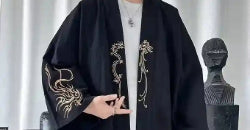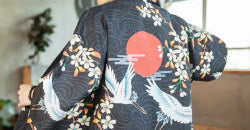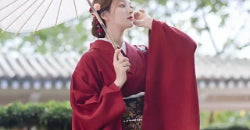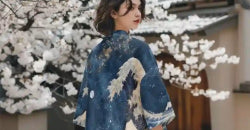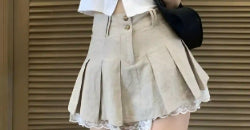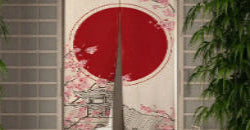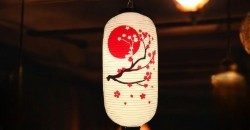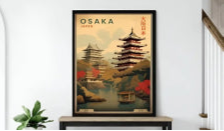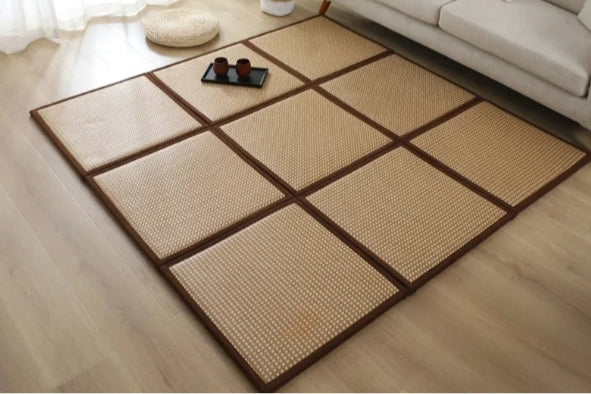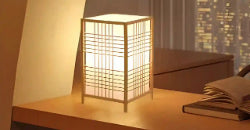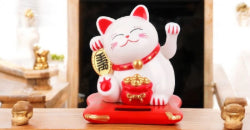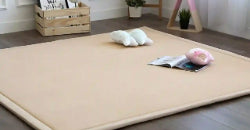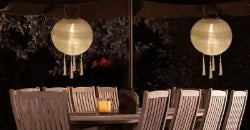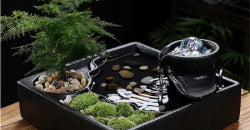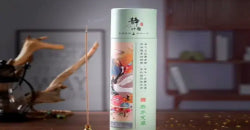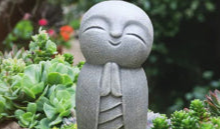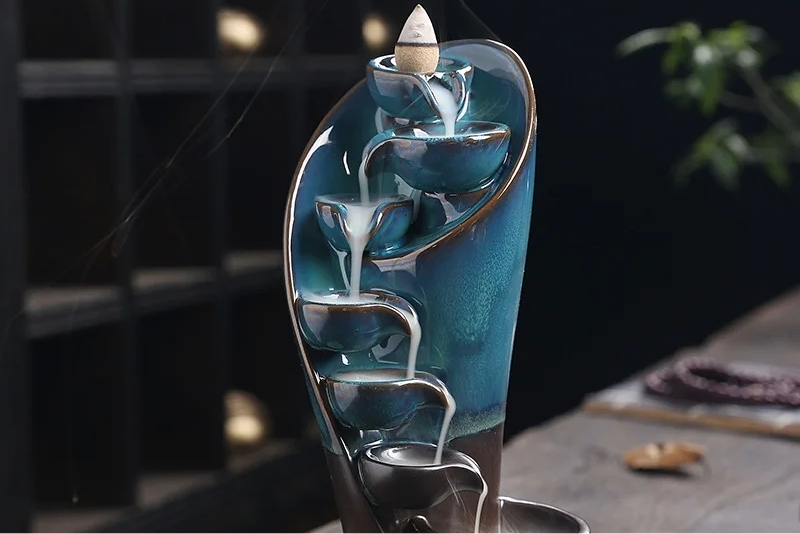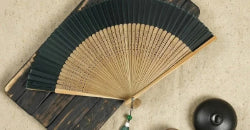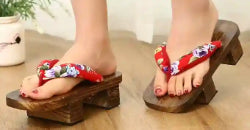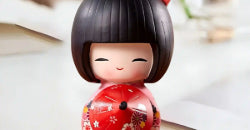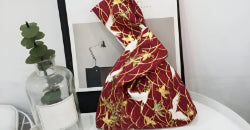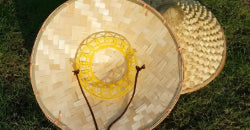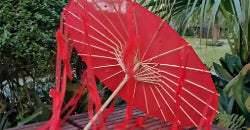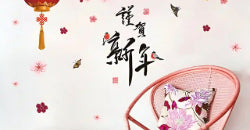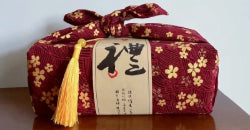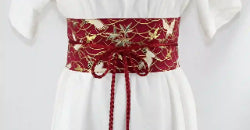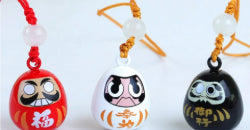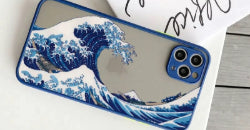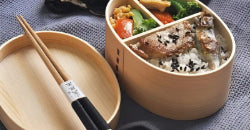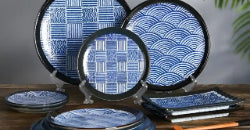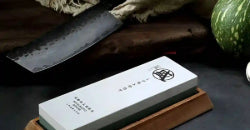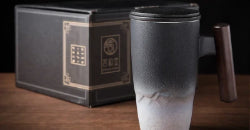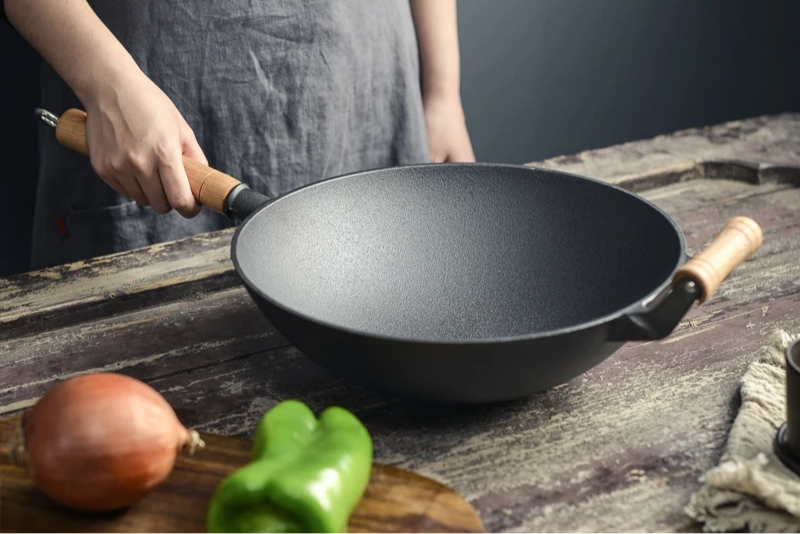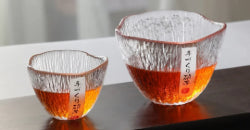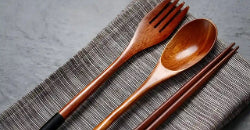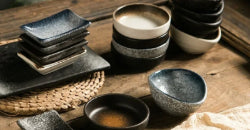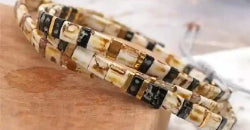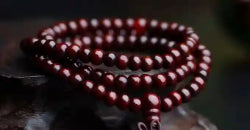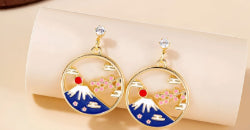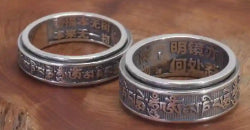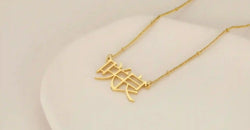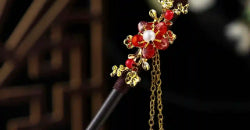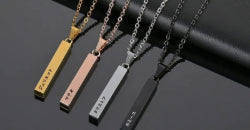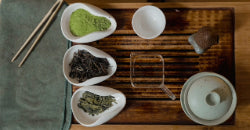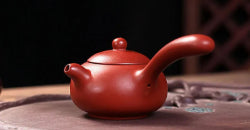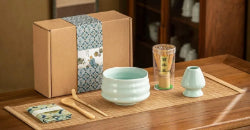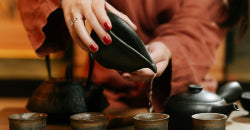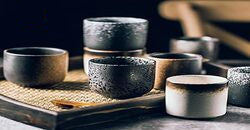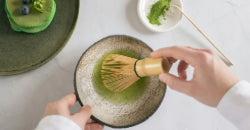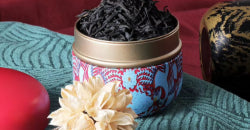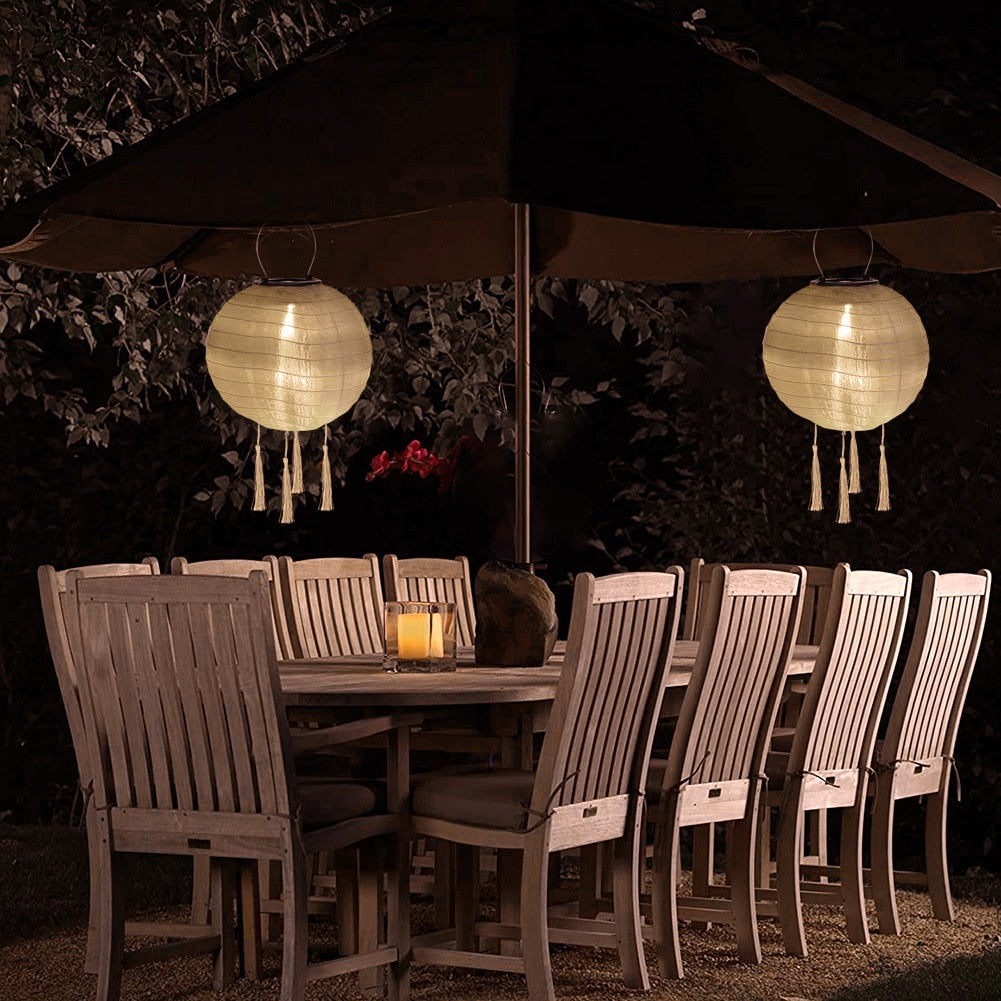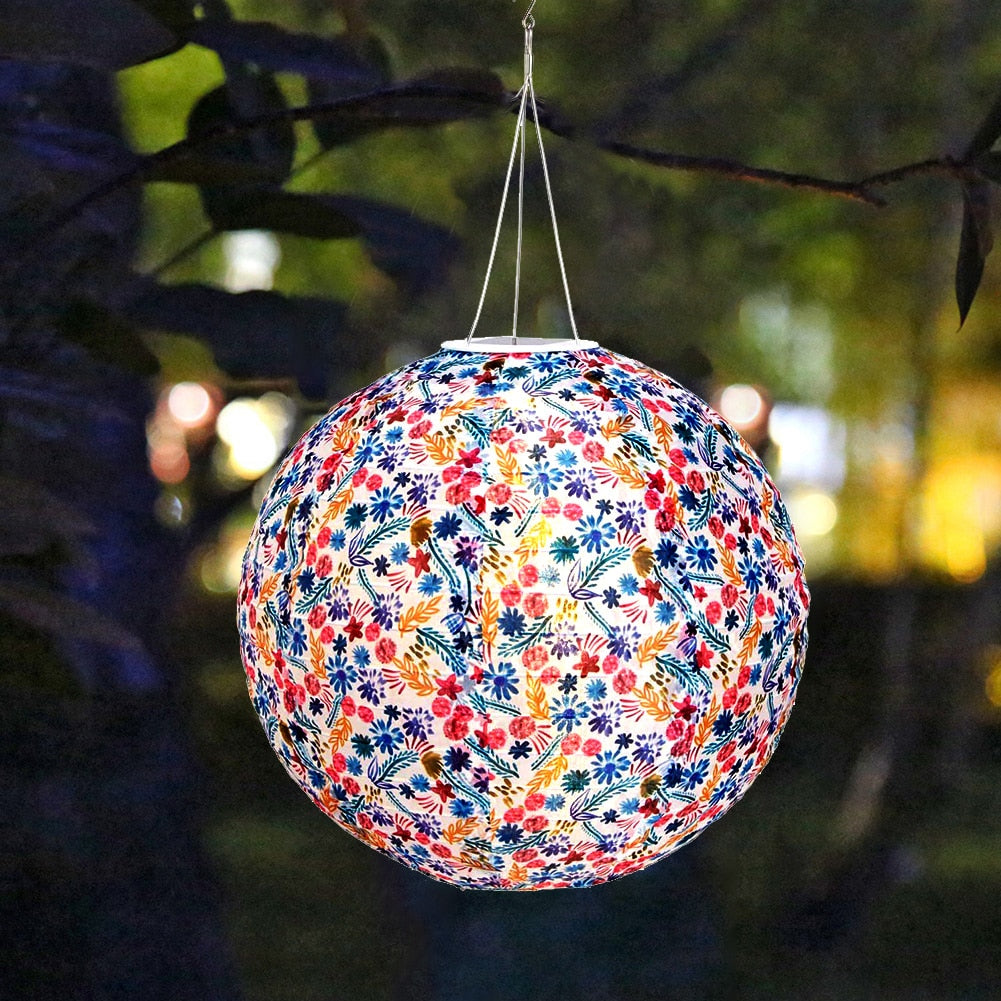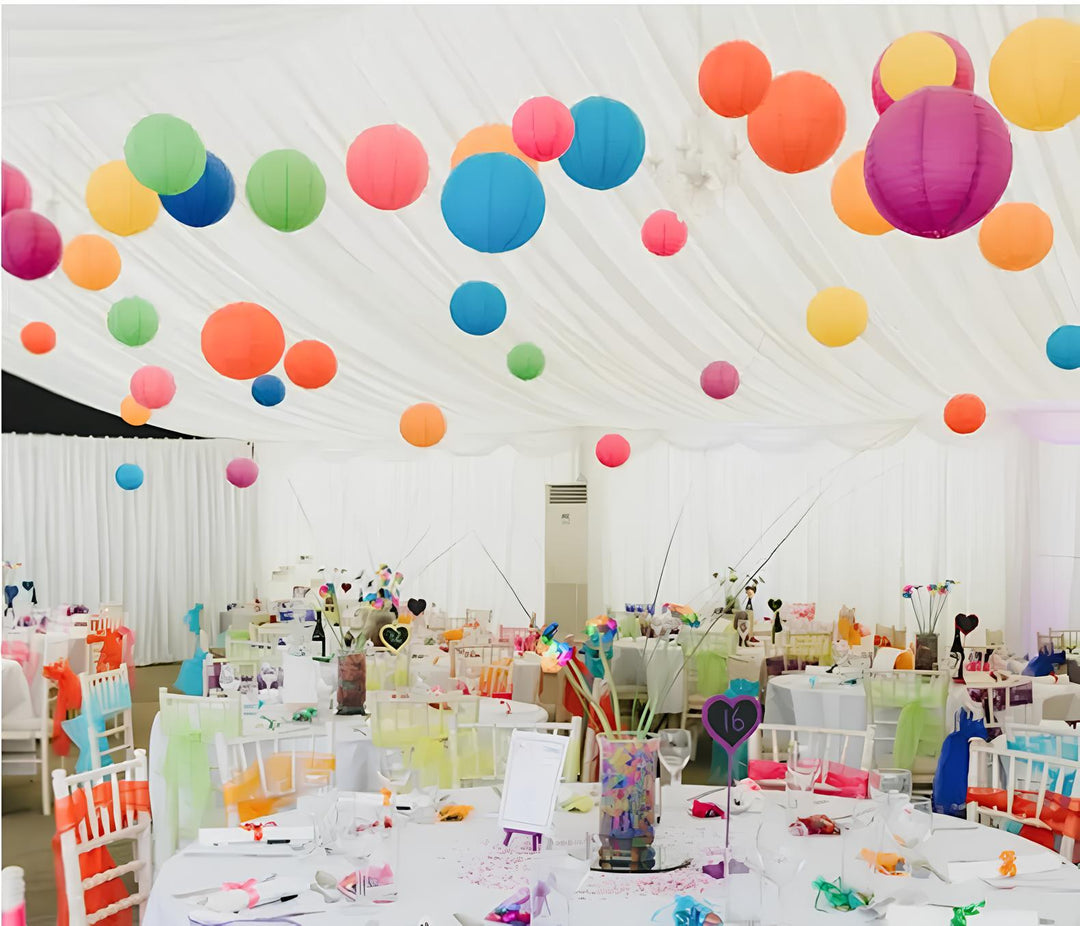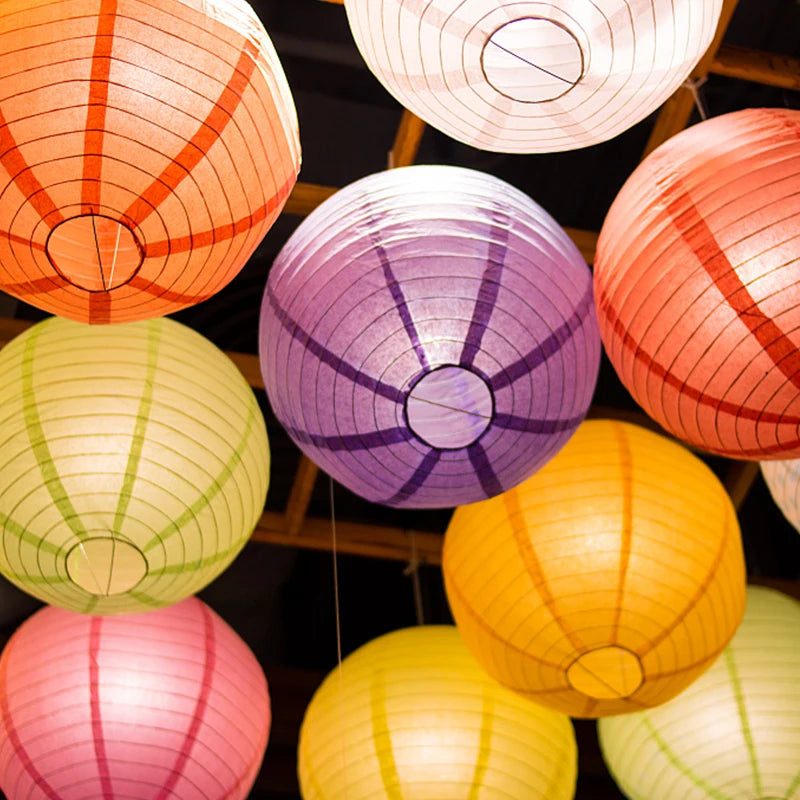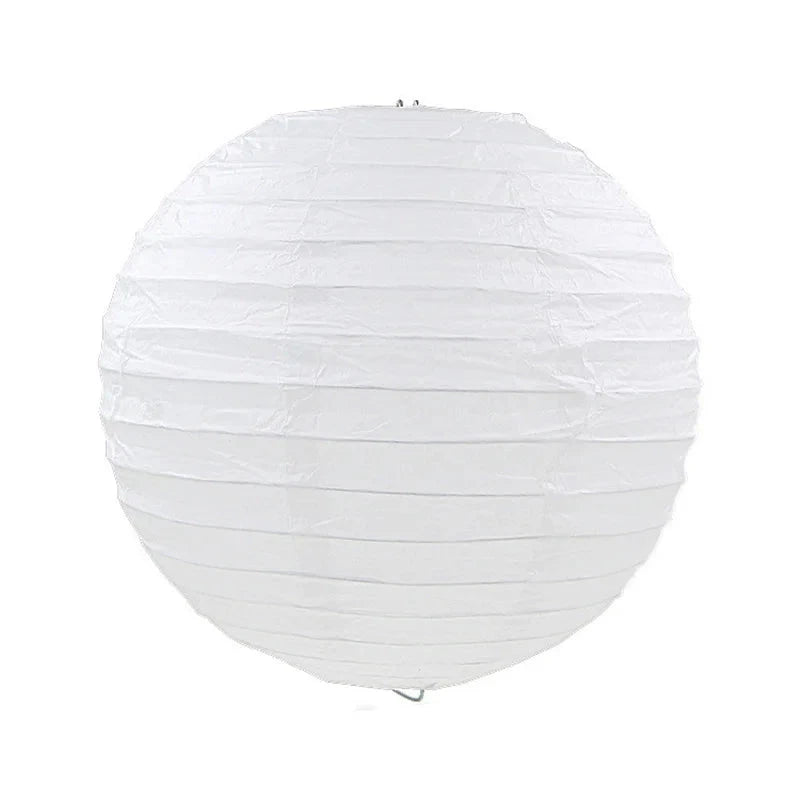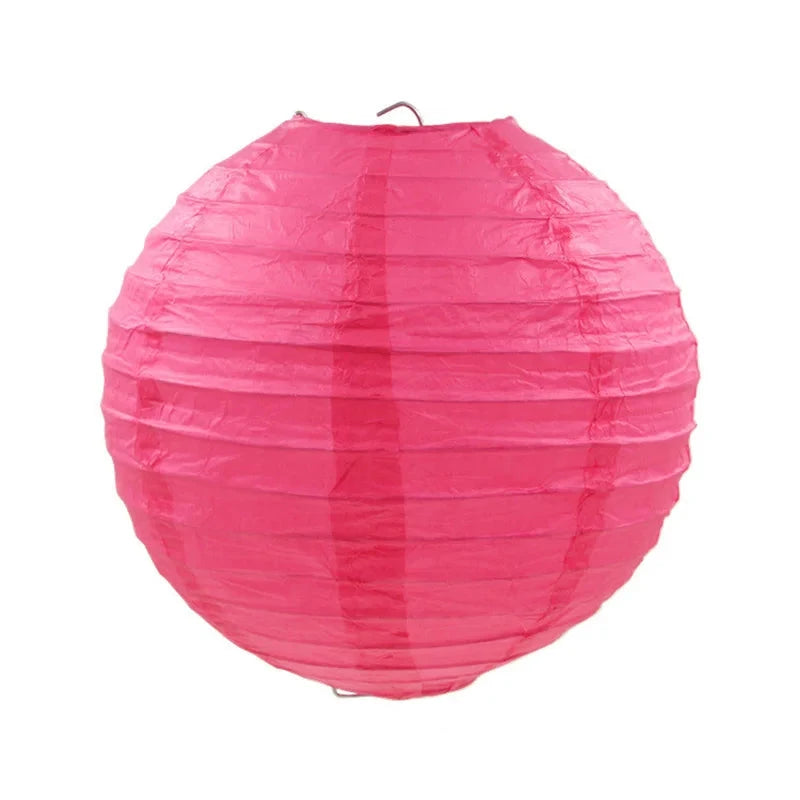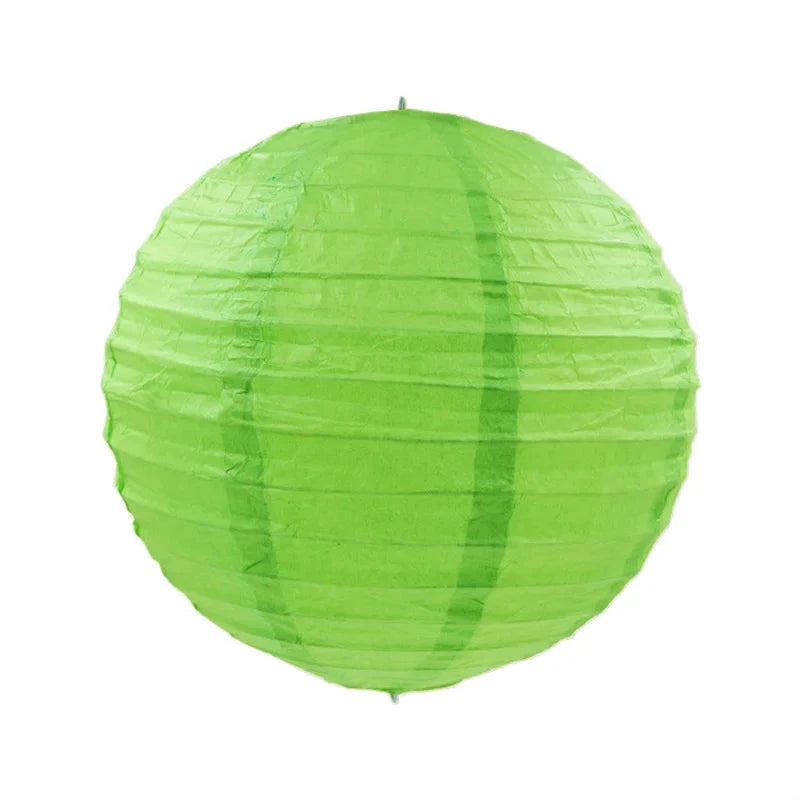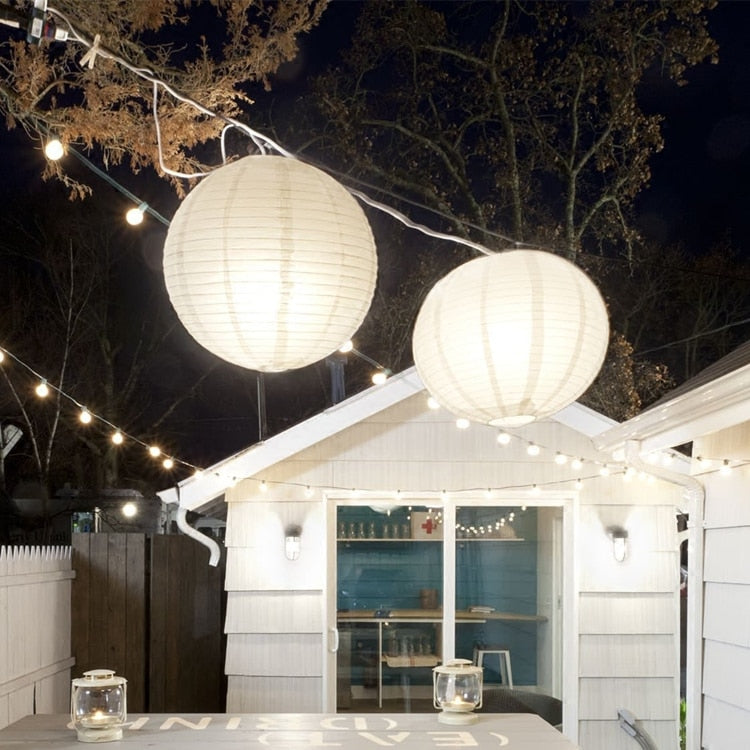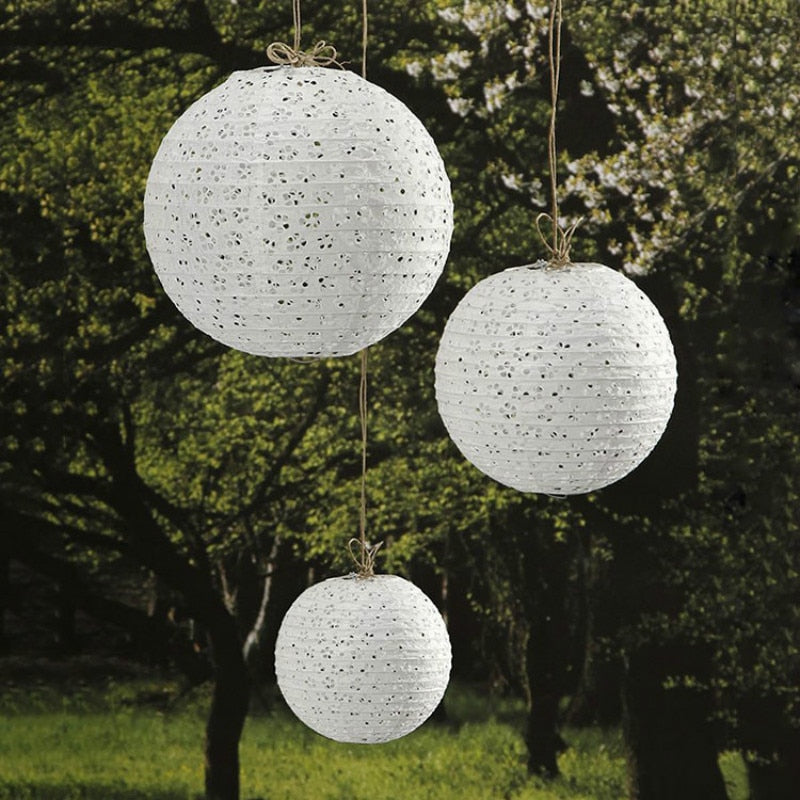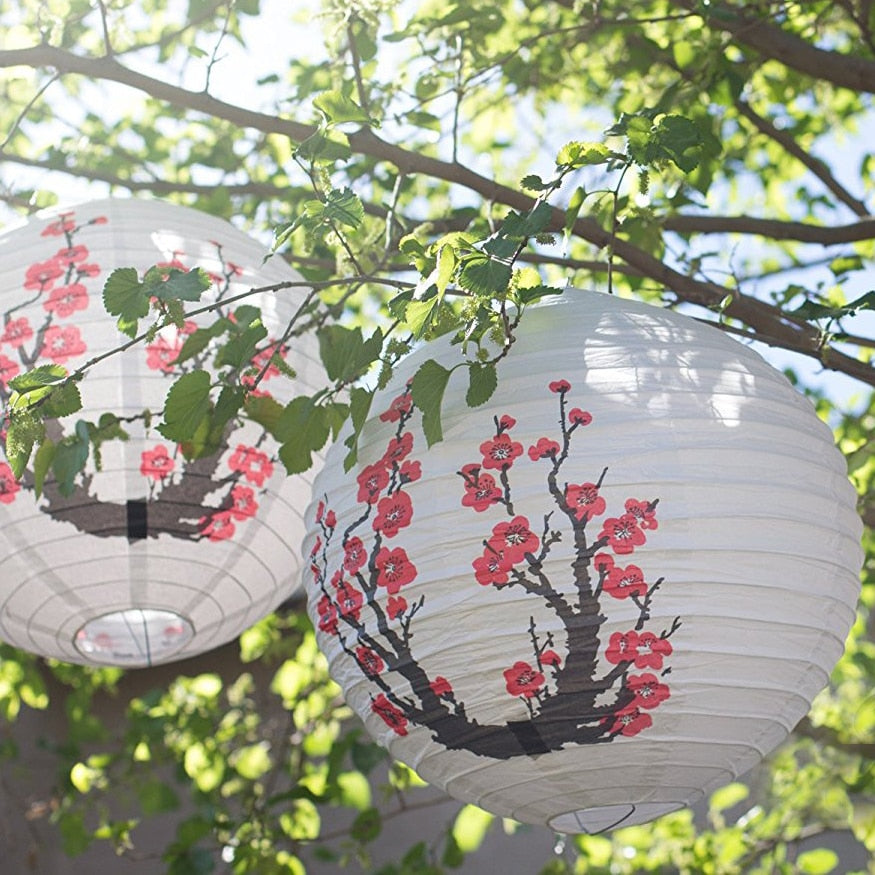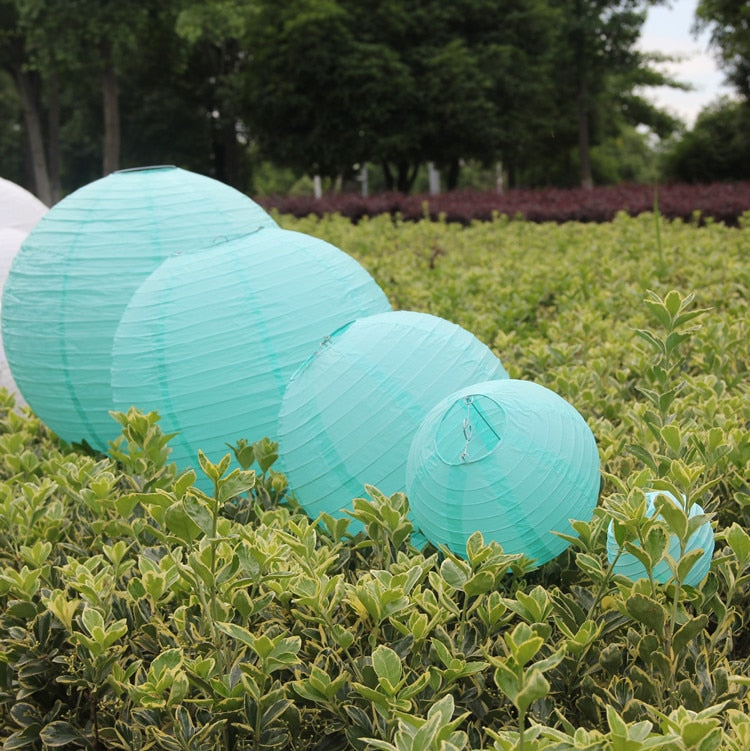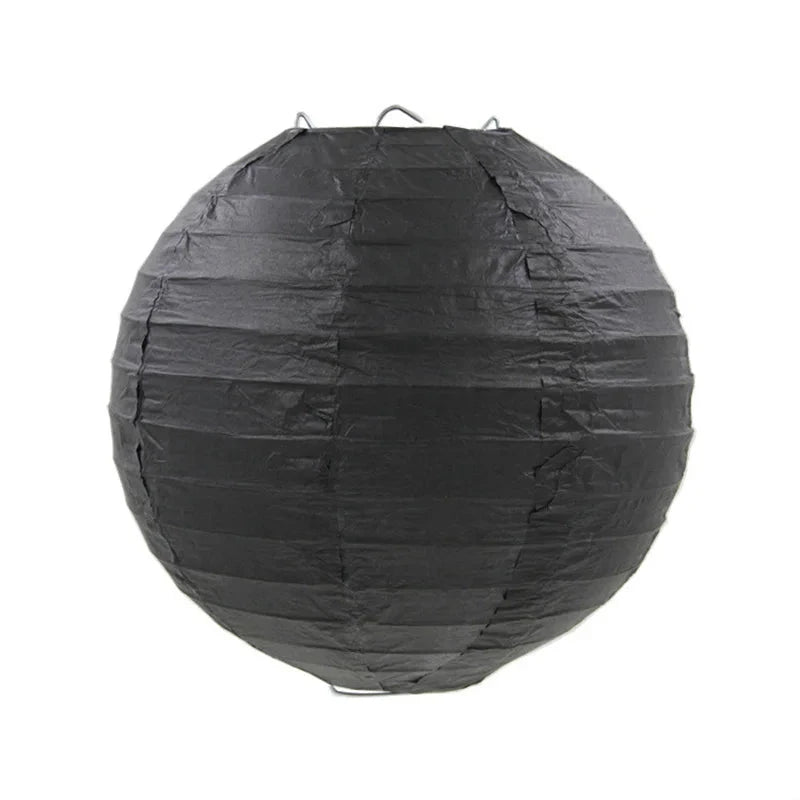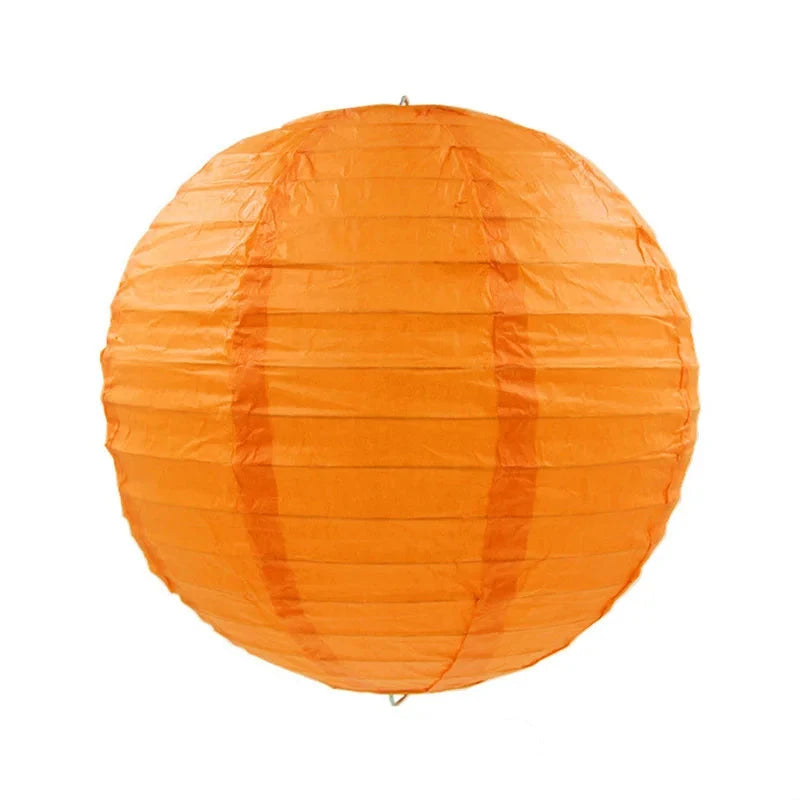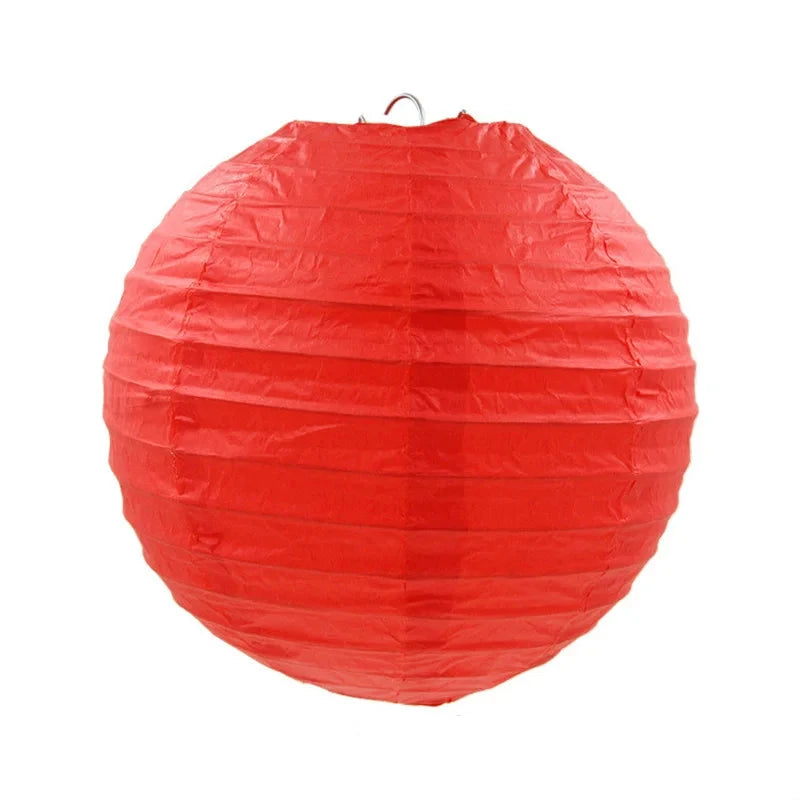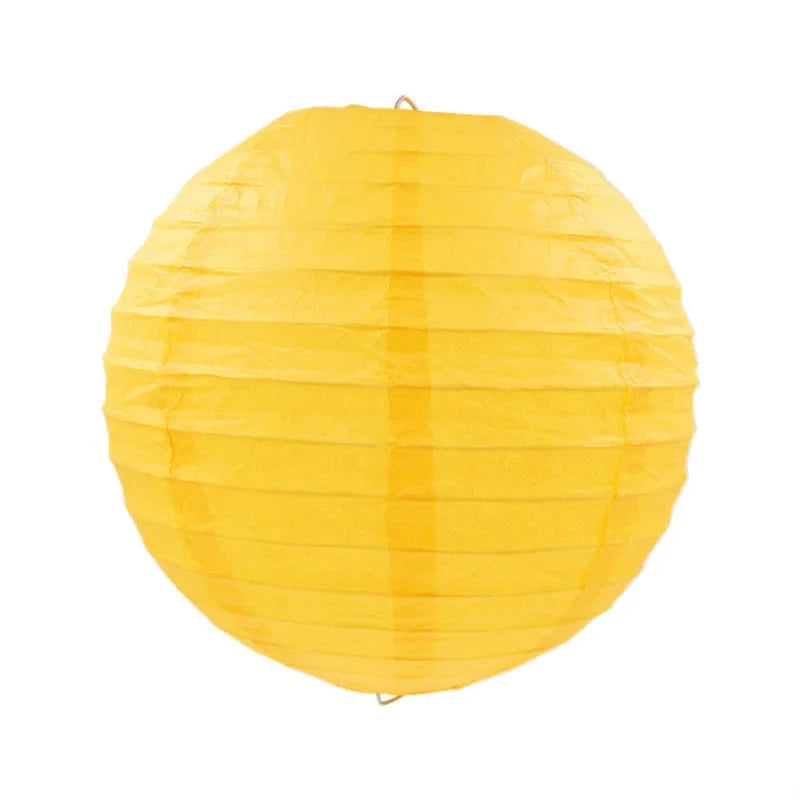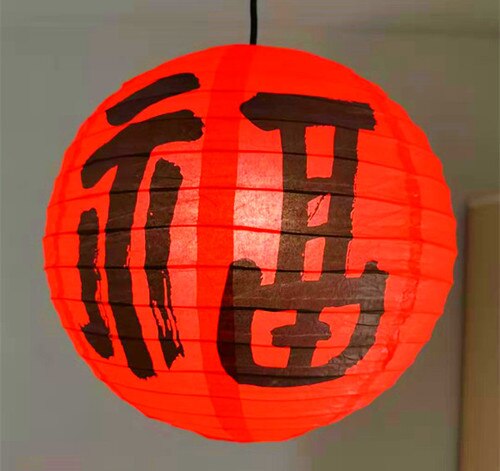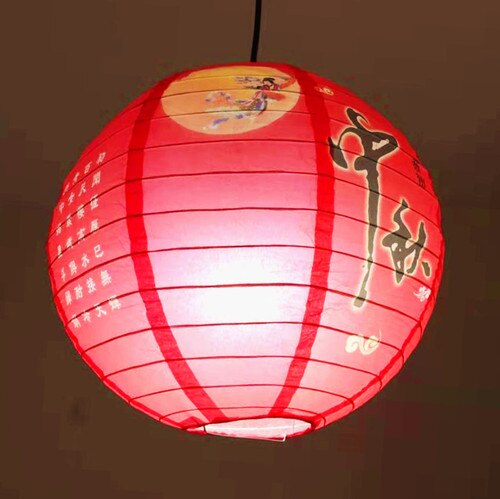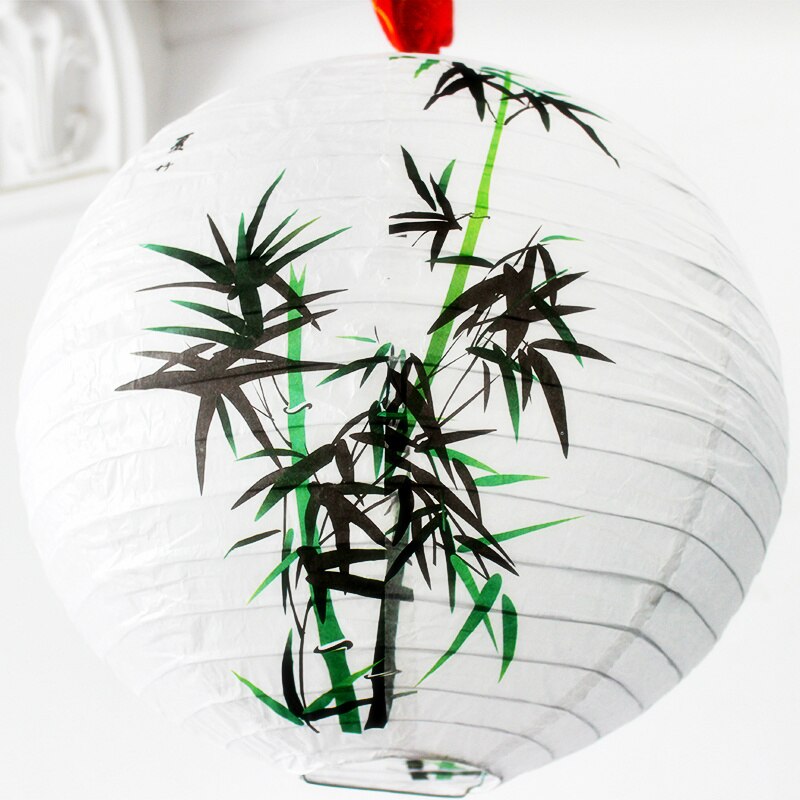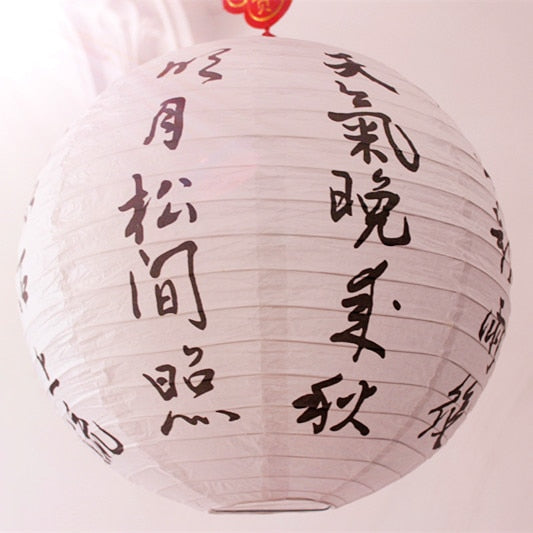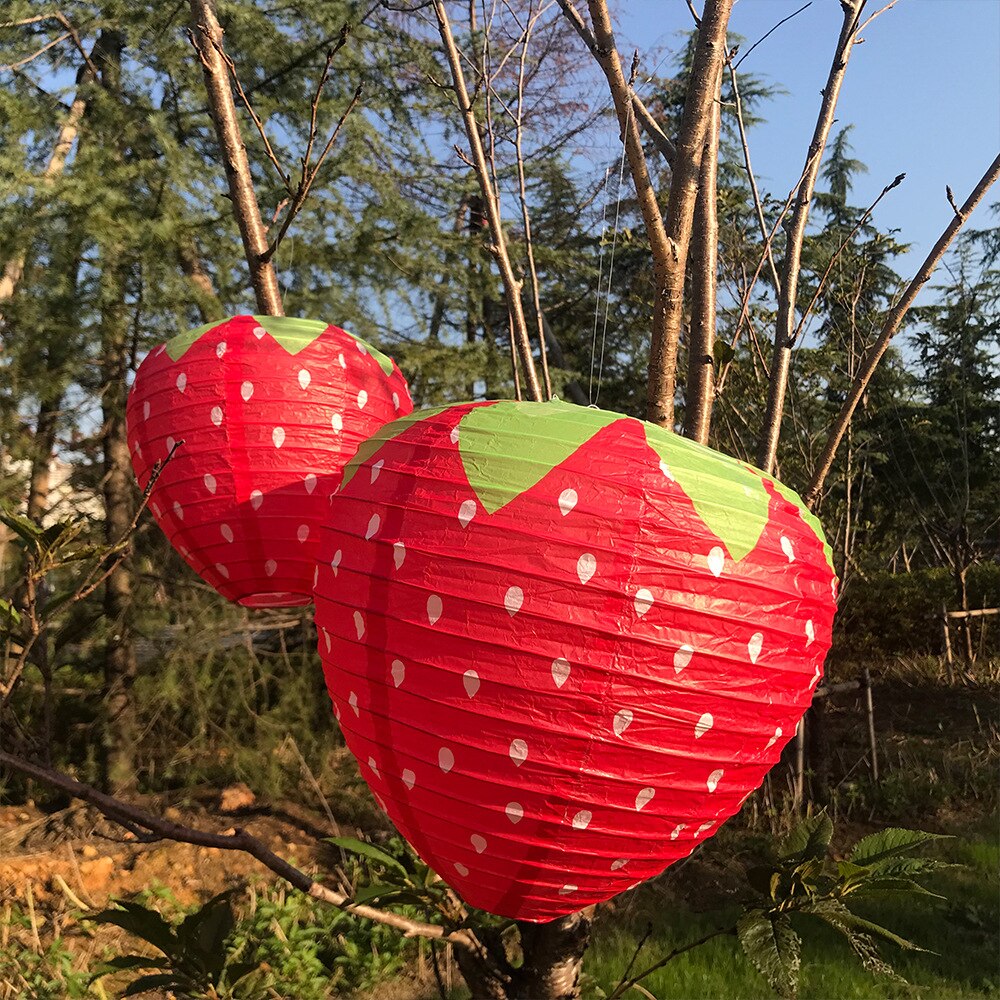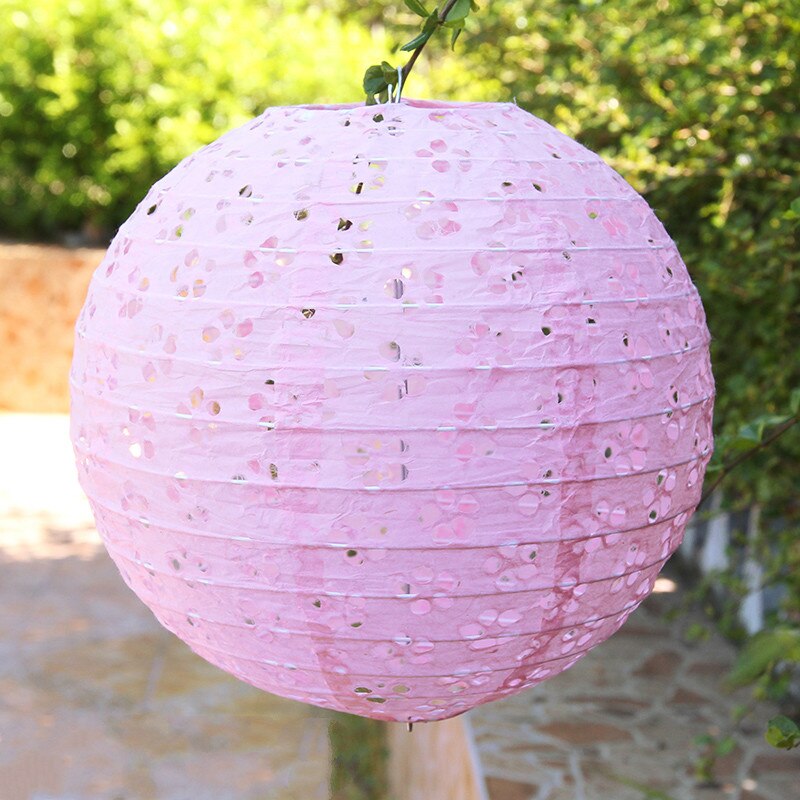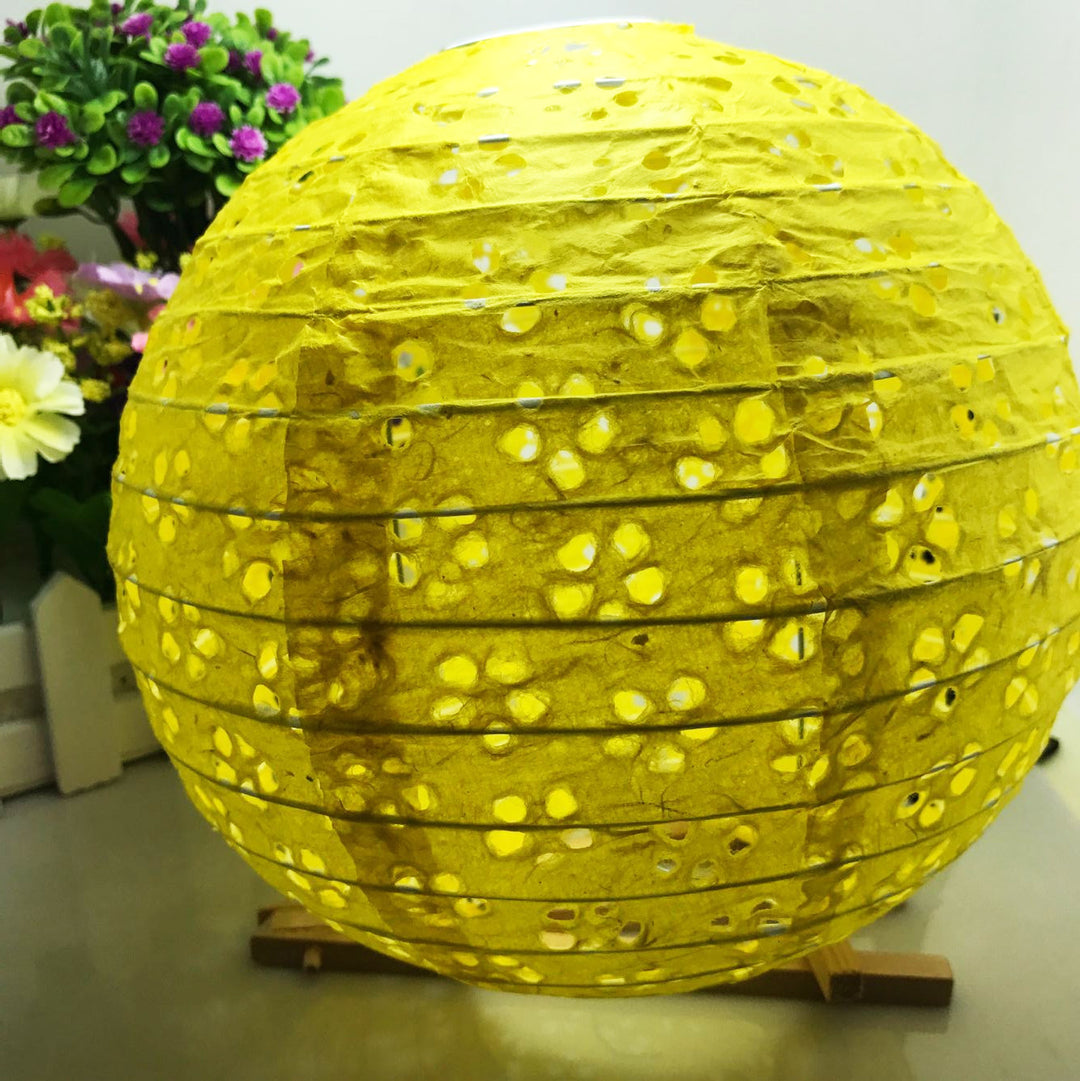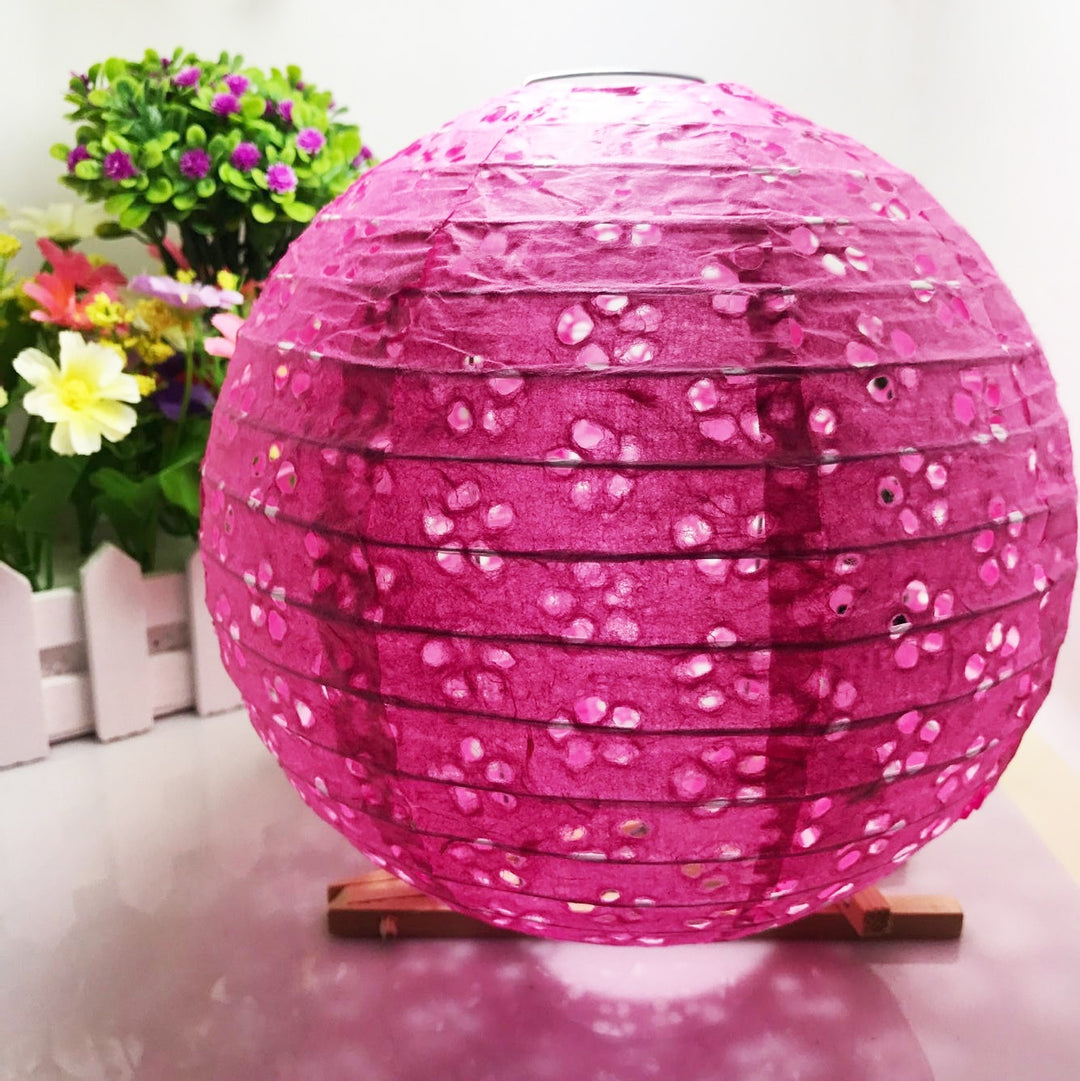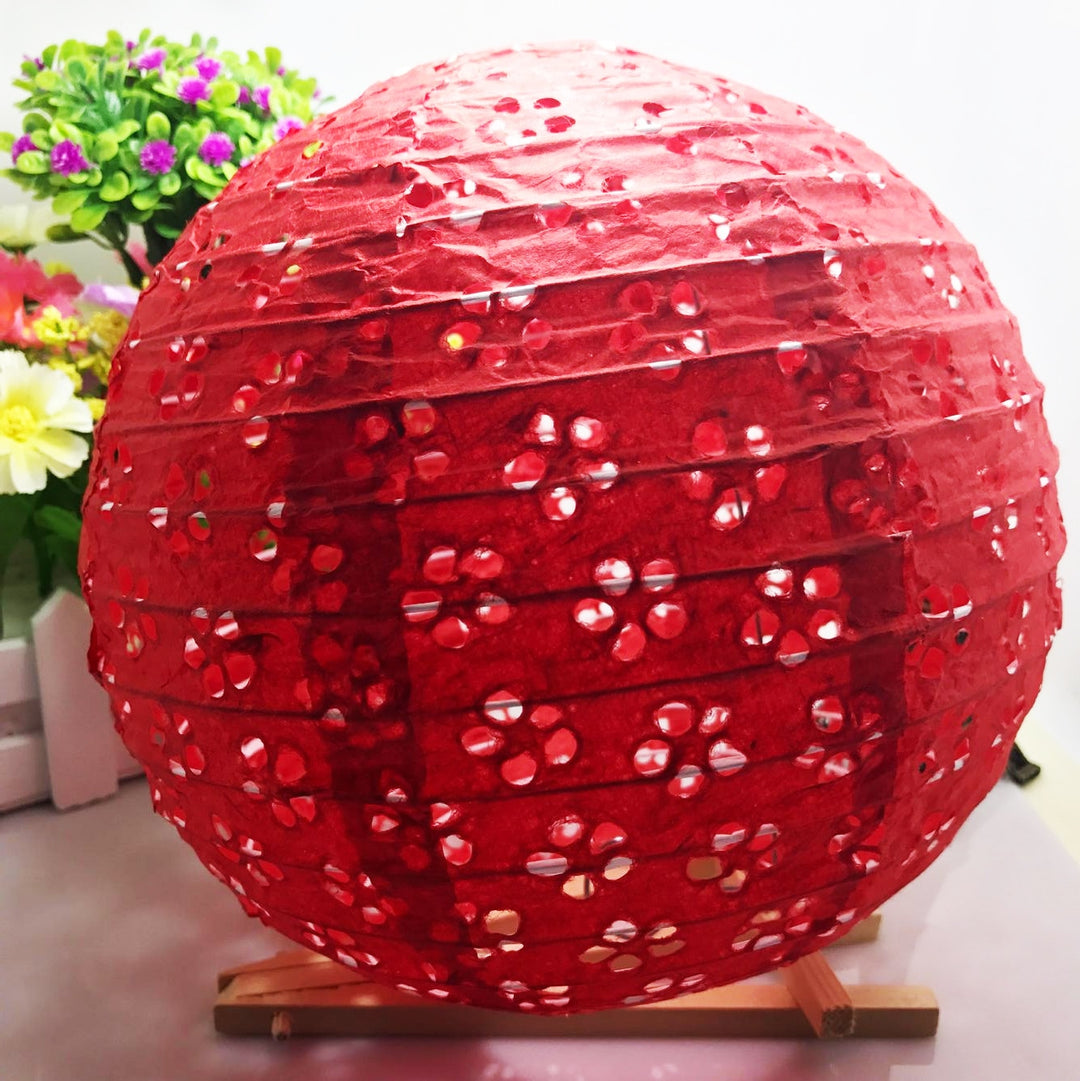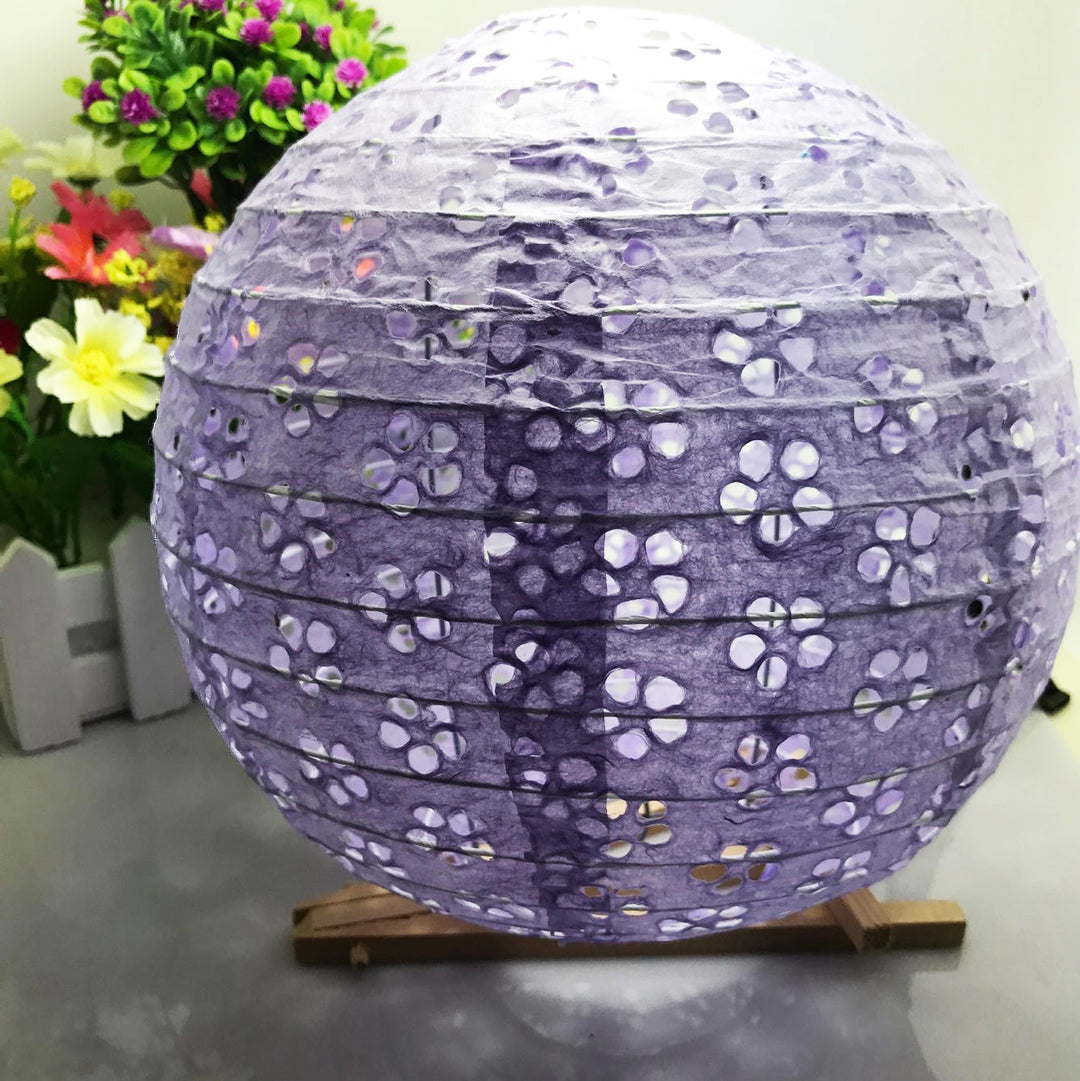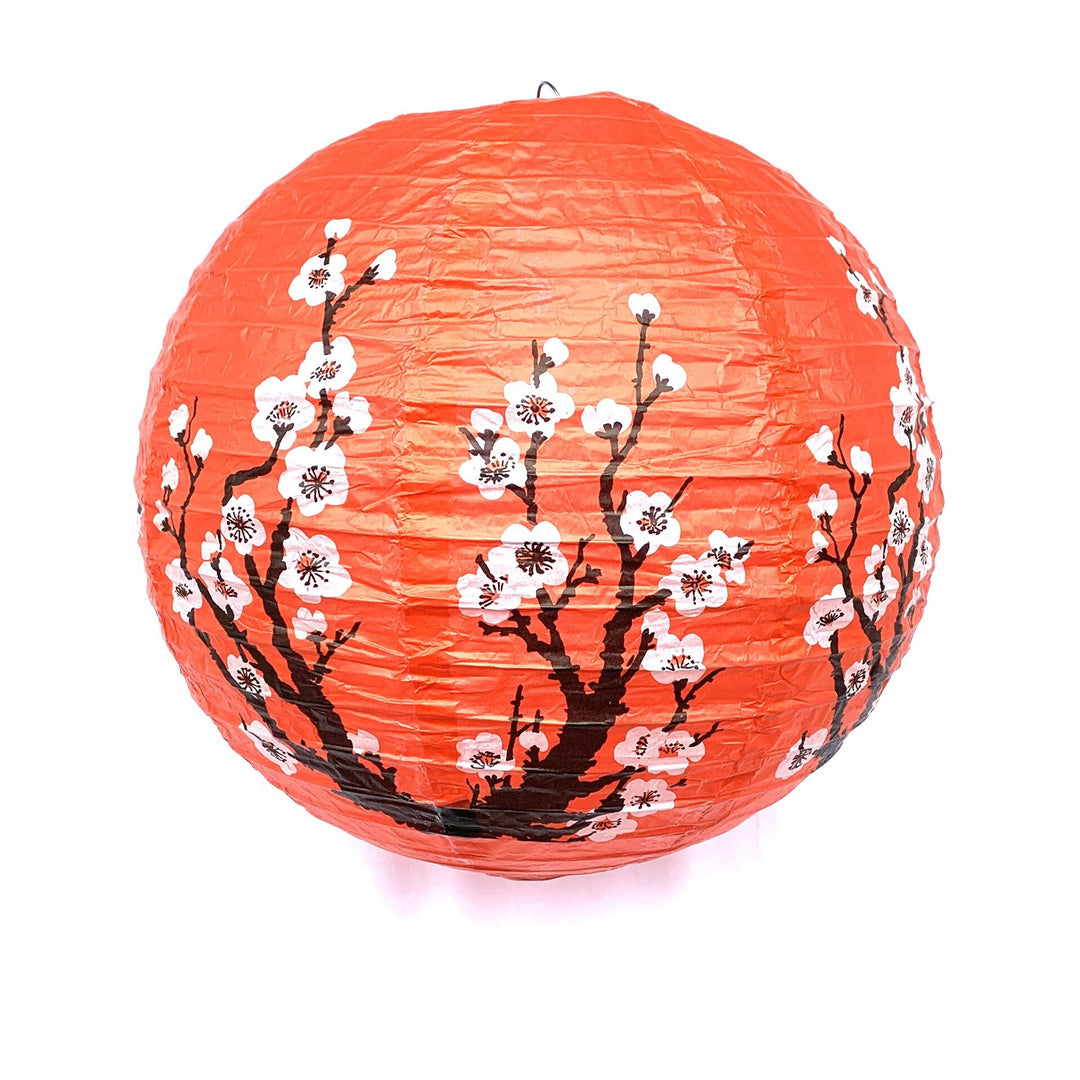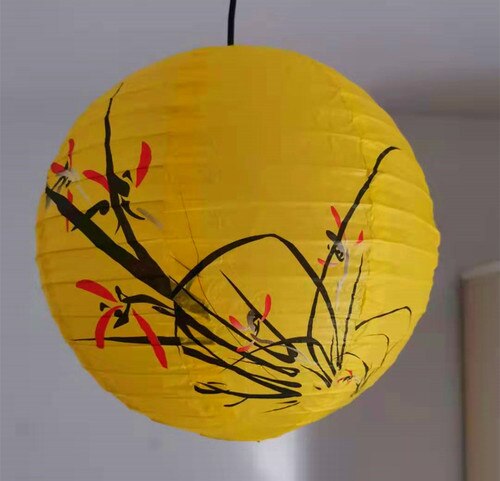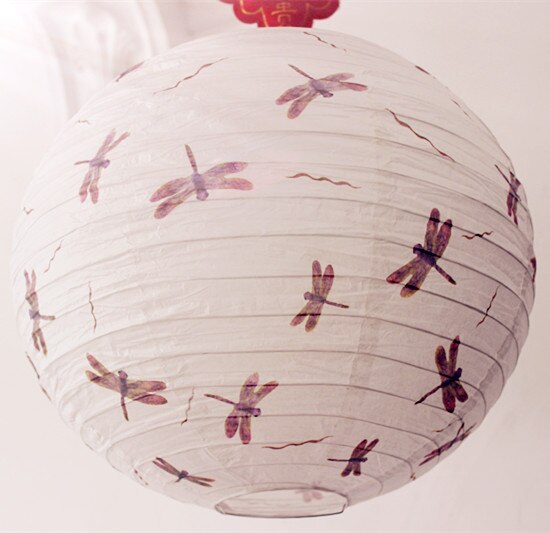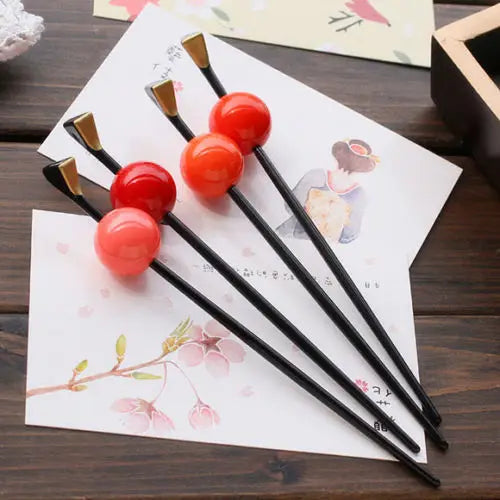Here you are on a special decoration collection but also lighting! Indeed, this typical Japanese product, the Japanese ball , was used to light up thanks to a rather particular technique. This object today has become more modern and design will only allow you to light up your rooms or exteriors with style!
Japanese paper hangings: an ancestral tradition coming directly from Japan!
Japanese lantern balls are also known as "akari" and have a rich history in Japanese culture. Akari are traditional Japanese paper lanterns that were created to cast a soft, warm light into homes.
The history of akari dates back to the late 1940s, when Japanese designer Isamu Noguchi began creating paper lamps for the needs of Japanese homes. At the time, Japan was still rebuilding after World War II, and materials for making lamps were scarce and expensive. So Noguchi began using cheap and readily available materials, such as rice paper and bamboo, to create elegant and affordable lamps.
Noguchi's akari quickly gained popularity in Japan and began to be exported worldwide in the 1950s. The paper lamps were widely praised for their beauty and simplicity, as well as their ability to create a warm and welcoming ambiance in homes.
Over the years, the paper pendant has evolved to include a wide variety of designs and shapes. Lamps can be hung or placed on a surface, and shades can come in different sizes and shapes. Akari can also be made from different types of paper, such as tissue paper and washi paper, which give each lamp a unique texture.
Today, Japanese balls are still valued for their aesthetic beauty and ability to create a warm and welcoming ambiance in homes. Akari are often used in living rooms, bedrooms, and restaurants to create an atmosphere of relaxation and tranquility. The elegant and minimalist designs of akari also make them attractive decorative pieces that can be used to add a touch of sophistication to any room in the home.
In short, Japanese lamp balls have a long history in Japanese culture and continue to be appreciated around the world for their beauty and ability to create a warm and welcoming atmosphere in homes.
Lighting and decorating your home: the many ways to use paper lighting balls:
Japanese paper balls have become very popular in home decor due to their elegant appearance and ability to create a warm and welcoming ambiance. These paper lamps are versatile and can be used in many ways to decorate your home.
One of the most common ways to use Japanese balls is to hang them. They can be hung individually or in clusters, using a rope or chain. You can hang them at different heights to create a dramatic effect, or arrange them in a regular pattern for a more orderly appearance.
Another way to decorate with paper balls is to place them on furniture or shelves. You can use smaller lamps to decorate your shelves, or use larger lamps to light up your nightstands or coffee tables. Japanese paper balls can also be used as lampshades for existing lamps.
Finally, you can also use the Japanese pendant light to decorate your exterior. They can be hung from trees or pergolas to create a warm atmosphere during outdoor evenings. They can also be placed on patio tables or in lanterns for a soft and romantic light effect.
All in all, Japanese paper balls are versatile and elegant decorative elements that can be used in many ways to create a warm and welcoming atmosphere in your home. Whether you hang them, place them or use them outdoors, these paper lamps will add a touch of sophistication to your home decor.
Now that you have found the Japanese ball of your dreams to dress up your exterior or even your interior, what could be better than a Japanese fountain to best complete your decoration! Like the balls that we present, you will find models that will allow you to dress your garden in Japanese style but also your house or apartment! So you will no longer have an excuse to make your living space a Japanese temple, representative of Japanese values, filled with zenitude and peace, of which you can find all the details on the main collection of Japanese decoration .






